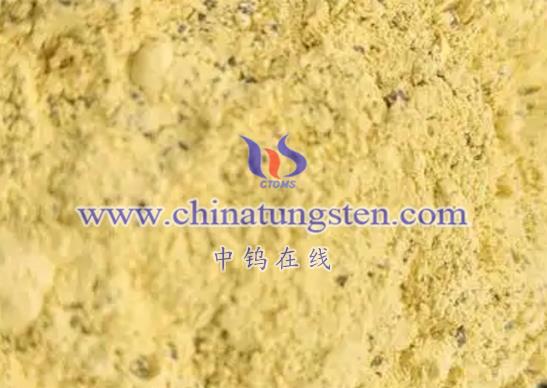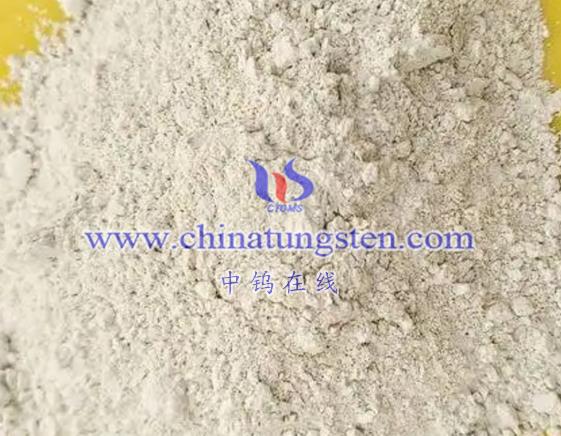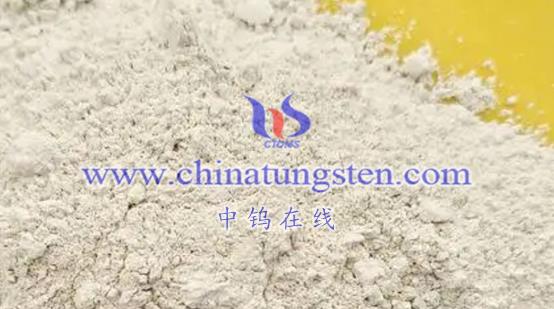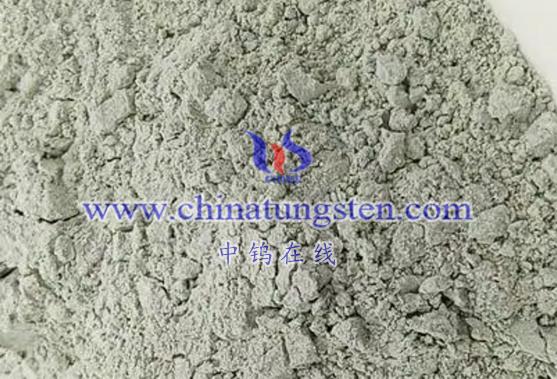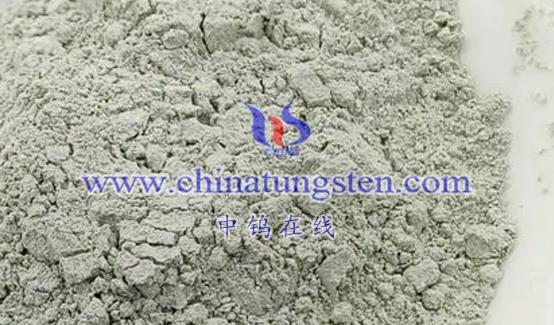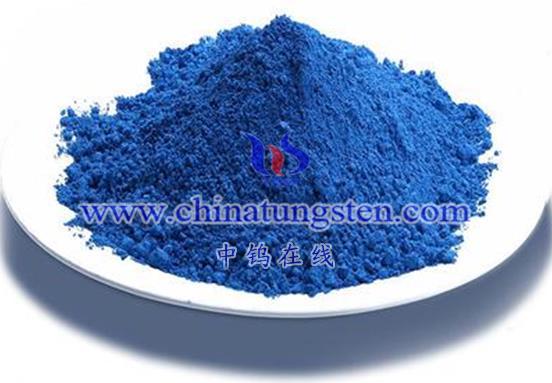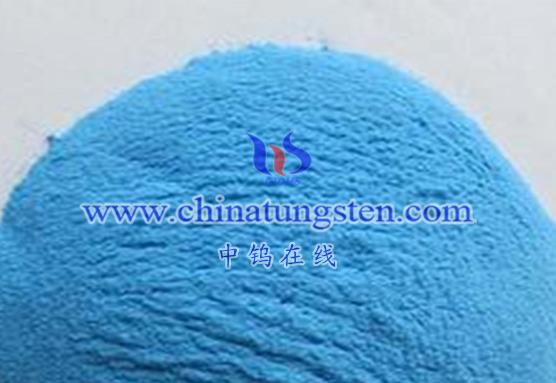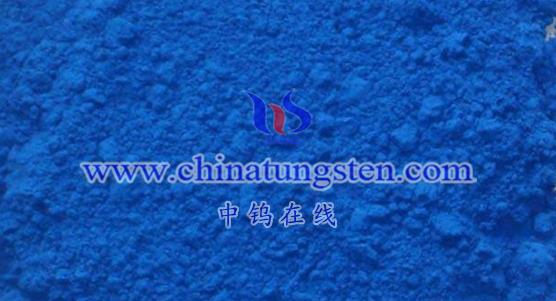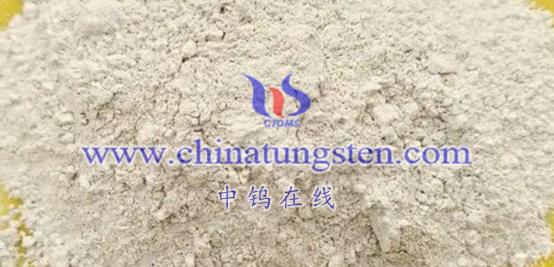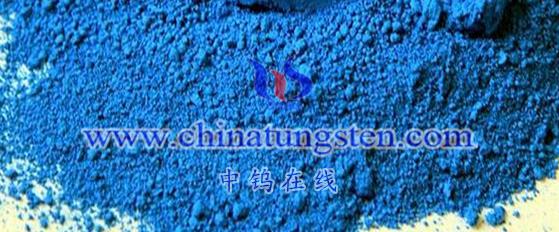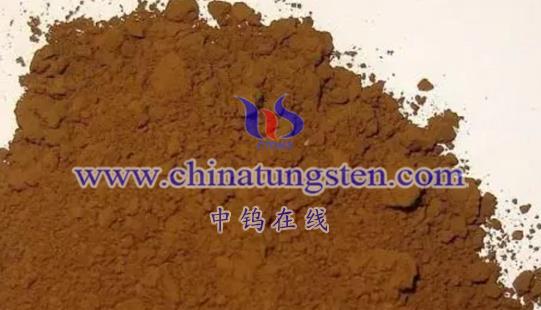
The bulk density (or loose bulk density) of tungsten oxide has a multifaceted impact on its properties. As an important parameter that measures the degree of packing and void ratio of powder particles, bulk density directly affects the powder’s processing performance, physical properties, and the performance of the final product. Here is a detailed look at how bulk density influences various properties:
- Processing Performance
Flowability
Powders with higher bulk density typically have better flowability, which aids in uniform distribution and transfer during processing. This improves production efficiency and reduces waste and loss during manufacturing.
Filling Capacity
When preparing coatings, films, or composite materials, powders with higher bulk density can more effectively fill the voids in the base material, enhancing the density and uniformity of the material.
- Physical Properties
Density and Volume
Bulk density directly impacts the packing density and volume of the powder. Powders with higher bulk density occupy less volume for the same mass, which can affect product dimensions, weight, and packaging.
Porosity
Bulk density is closely related to the powder’s porosity. Powders with lower porosity generally have higher bulk density, which helps in improving the material’s strength, hardness, and other physical properties.
- Catalytic Performance
Catalytic Activity
For tungsten oxide powders used as catalysts, bulk density can affect catalytic activity. An appropriate bulk density facilitates the diffusion and adsorption of reactants on the catalyst surface, thus enhancing catalytic efficiency. However, excessively high bulk density may reduce the contact area between powder particles, potentially hindering the catalytic reaction.
- Other Properties
Thermal Stability
Bulk density can also influence the thermal stability of tungsten oxide powders. Powders with higher bulk density might be more prone to agglomeration or sintering during heating, which can affect their thermal stability and performance.
Electrical Properties
In certain applications, such as electronic materials, the bulk density of tungsten oxide powder can impact its electrical properties. An appropriate bulk density helps in forming a uniform conductive network or dielectric layer, thereby enhancing the material’s electrical performance.
Considerations
Since bulk density is influenced by multiple factors (such as particle shape, size distribution, surface properties, etc.), tungsten oxide powders from different sources and specifications may have varying bulk densities. Therefore, it is essential to select and test powders based on specific requirements.
Bulk density is not the only factor determining the performance of tungsten oxide. Other factors, such as purity, crystal structure, and preparation methods, also play significant roles. Hence, a comprehensive consideration of multiple factors is necessary when evaluating the performance of tungsten oxide.
In summary, the bulk density of tungsten oxide affects its processing performance, physical properties, catalytic performance, and other attributes. In practical applications, selecting the appropriate bulk density range is crucial to ensure the desired performance and quality of the final product.
More details of tungsten oxide product, please visit website: tungsten-oxide.com
Please contact CHINATUNGSTEN for inquiry and order of tungsten oxide:
Email: sales@chinatungsten.com
Tel.: 86 592 5129595
